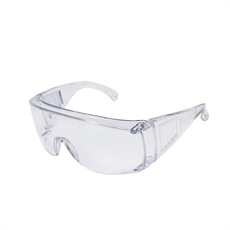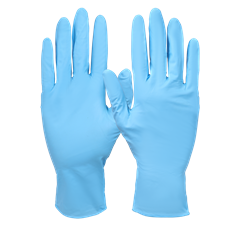Nursing uniforms play a vital role in infection control within healthcare settings. Properly designed and maintained uniforms are essential in preventing the spread of infections among patients and healthcare workers. Here’s how nursing uniforms contribute to infection control:
- Barrier Protection: Nursing uniforms act as a barrier between the nurse’s body and potential sources of infection, including patients’ bodily fluids, blood, and contaminants. They help prevent direct contact, which can be a mode of transmission for many infections.
- Hygiene and Cleanliness: Nursing uniforms are typically made from materials that can be easily laundered and disinfected. Regular washing and proper care of uniforms remove contaminants and reduce the risk of carrying pathogens from one patient to another.
- Identification of Contamination: The design of nursing uniforms, particularly the use of light colors, can make it easier to spot contamination or stains. This allows healthcare workers to take immediate action to address potential sources of infection.
- Infection Control Accessories: Many nursing uniforms are equipped with features designed to enhance infection control. These include antimicrobial fabric, moisture-wicking properties, and easy-to-clean surfaces.
- Glove and Hand Hygiene: Uniforms typically have pockets for storing gloves and hand hygiene supplies such as hand sanitizer or disinfectant wipes. This encourages healthcare workers to maintain good hand hygiene, a critical aspect of infection control.
- Patient and Staff Confidence: Patients often associate a clean and professional appearance with quality care. Nursing uniforms that are clean and well-maintained can instill confidence in patients and their families, reinforcing the perception of a safe and hygienic environment.
- Standardization: In facilities with uniform dress codes, all healthcare workers wear similar attire, making it easier to identify who is part of the healthcare team. This standardization reduces the risk of outsiders entering clinical areas and helps with patient identification.
- Prevention of Contamination from Home: Encouraging healthcare workers to change into their uniforms at work and change out of them before leaving can prevent the introduction of contaminants from home environments.
- Infection Control Policies: Many healthcare facilities have specific policies and guidelines regarding nursing uniforms. These policies may include rules on color-coding by department, wearing specific attire in certain settings (e.g., surgical suites), and regulations for laundering and maintaining uniforms.
- Adherence to Personal Protective Equipment (PPE): Nursing uniforms are often worn as a foundation layer beneath personal protective equipment such as gowns, gloves, masks, and face shields. Properly donning and doffing PPE, along with maintaining the cleanliness of underlying uniforms, is essential in preventing cross-contamination.
In summary, nursing uniforms are a crucial component of infection control in healthcare settings. They help protect both healthcare workers and patients from the spread of infections by acting as a barrier, facilitating good hygiene practices, and adhering to facility-specific guidelines. Properly designed, maintained, and used nursing uniforms are an integral part of maintaining a safe and hygienic healthcare environment.























